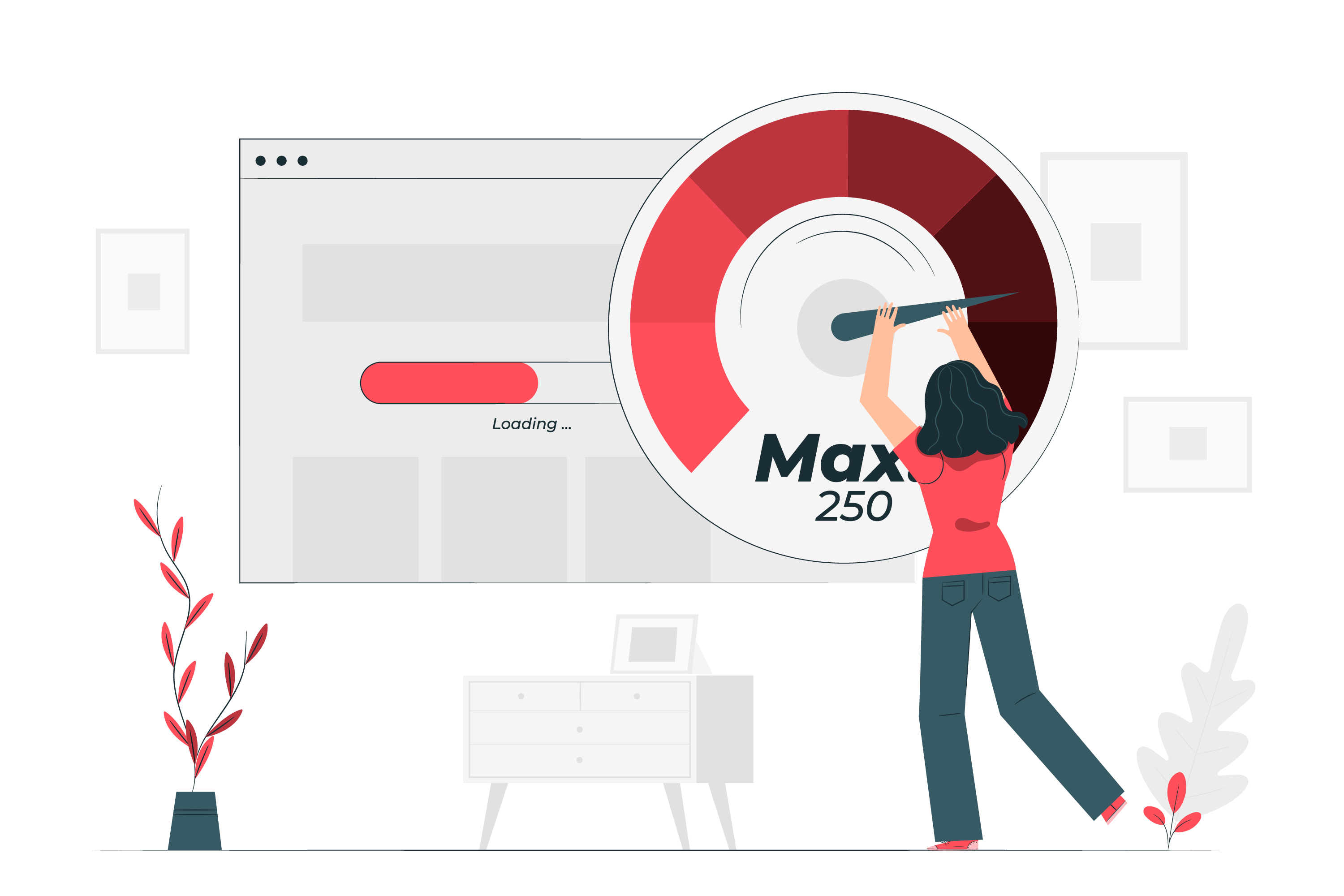Boost Your Joomla Site's Speed: A Comprehensive Guide on Performance Optimization

A swift, responsive, and efficient website isn't just a convenience for your visitors - it's a necessity in today's digital era. High-performing websites contribute to better user experience, higher conversion rates, and improved search engine rankings. If you're a Joomla user, you're in luck. This powerful content management system (CMS) comes packed with an array of features and extensions designed to optimize your website's speed and performance.
In this comprehensive guide, we'll delve into the world of Joomla performance, discussing various techniques to improve your site's speed, including caching, compression, and other optimization tactics. Let's get started.
Part 1: Understanding Joomla Caching
Caching is one of the most effective ways to improve your Joomla website's performance. When caching is enabled, Joomla can store copies of your web pages in a static state, so it doesn't have to rebuild the page from scratch for every new visitor. This can significantly reduce server load and improve page load speed.
To enable caching in Joomla, follow these steps:
- Log into your Joomla Admin Panel.
- Click on 'System' then 'Global Configuration'.
- Under 'System', you'll see the 'Cache Settings'.
- Set the 'Cache' option to 'ON - Conservative caching' or 'ON - Progressive caching', depending on your preference.
- Set the 'Cache Handler' to 'File' and choose an appropriate 'Cache Time'.
- Don't forget to save your changes.
Remember to clear your cache periodically to ensure that your users are viewing the most recent version of your site.
Part 2: Leverage Browser Caching
Apart from server-side caching, you can also leverage browser caching. This technique allows users' browsers to cache your website's static resources like CSS, JavaScript, and image files. This means these resources won't need to be loaded every time a user visits your site.
Browser caching can be implemented by adding specific rules to your '.htaccess' file in the root directory of your Joomla installation. You may need some technical knowledge or the help of a developer to carry out this process.
Part 3: Compression for Performance
Another highly effective technique to enhance your Joomla website's speed and performance is compression. This involves compressing your website's files to reduce their size, which in turn decreases the amount of data that needs to be transferred to your users, resulting in faster load times.
Gzip is a widely used method for file compression. To enable Gzip compression in Joomla:
- Go to 'System', then 'Global Configuration'.
- Under 'Server', you'll see the 'Server Settings'.
- Set the 'Gzip Page Compression' to 'Yes'.
- Save your changes.
Part 4: Image Optimization
Images are often the largest files on a web page and can significantly slow down your site if not properly optimized. Fortunately, Joomla has several image optimization extensions like JCH Optimize and CW Image Optimizer. These tools can help you compress your images without compromising their quality.
Apart from compression, ensure to use the correct image formats. Use JPEG for photos or images with lots of colors, PNG for images that require transparency, and SVG for icons and logos.
Part 5: Other Optimization Techniques
-
Minify CSS and JavaScript: Minification removes unnecessary characters (like spaces and comments) from your CSS and JavaScript files, reducing their size. Joomla extensions like JCH Optimize can assist in this process.
-
Content Delivery Network (CDN): A CDN can help speed up your Joomla site by storing copies of your site's files in multiple locations around the world, ensuring quicker delivery to your users.
-
Update Regularly: Always keep your Joomla CMS, extensions, and templates updated to the latest version. Newer versions often come with performance improvements and bug fixes.
Conclusion
Boosting the speed and performance of your Joomla website can have a profound impact on user experience and your site's overall success. With techniques like caching, compression, and image optimization at your disposal, achieving a high-performing Joomla site is within your reach.
Remember, performance optimization isn't a one-and-done task but an ongoing process that requires regular monitoring and tweaks. So, keep experimenting, keep optimizing, and you'll see your Joomla website's performance continually improving. Happy optimizing!


Comments